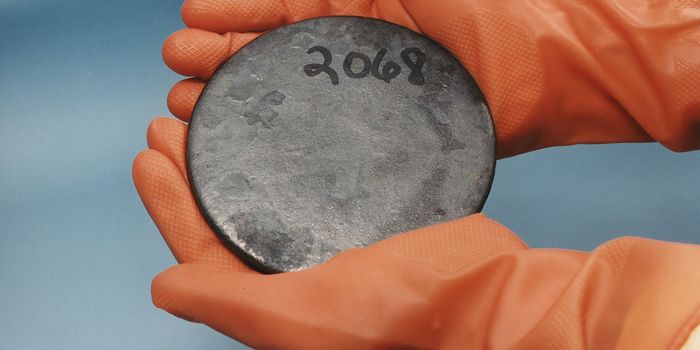Something you didn't know about Earth Day
The worldwide celebration of Earth Day began on April 22, 1970, when people rallied together to protest the declining biodiversity and increasing pollution they were seeing as a result of industrial development. In the United States, three months later, US Congress and President Nixon created the Environmental Protection Agency and passed the Clean Water Act and the Endangered Species Act. Every year since, hundreds of millions of people use this day in order to spread awareness, educate, protest, and launch sustainable commitments, often concentrated on the specific theme of the year. This year’s Earth Day theme is Protect our Species.
Many scientists agree that we are currently experiencing our planet’s sixth mass extinction, the largest period of species extinction in the last 60 million years. However, unlike previous mass extinctions, humans are playing a significant role in the onset of this process. Scientists estimate that we are currently losing species at 1,000 to 10,000 times the normal rate, with multiple extinctions daily, and habitat destruction, exploitation, and climate change are responsible for the loss of half of the world’s wildlife.
To throw some quick and painful numbers at you, did you know that almost 60% of the world’s 504 primate species are threatened with extinction, and 75% of our primate species are in severe population decline? And then there's the fact that 40% of the world’s bird species are in decline, with 1 in 8 threatened by global extinction. Not to mention that 40% of all lizard species will likely be extinct by 2080.
But that’s depressing enough for a Monday. Let’s focus on some actions you can take.
Earth Day Network is the organization that coordinates worldwide Earth Day events. The organization has laid out its specific goals for the Protect our Species. They include:
- “Educate and raise awareness about the accelerating rate of extinction of millions of species and the causes and consequences of this phenomenon.
- Achieve major policy victories that protect broad groups of species as well as individual species and their habitats.
- Build and activate a global movement that embraces nature and its values.
- Encourage individual actions such as adopting plant-based diet and stopping pesticide and herbicide use.”
There are many personal steps that you can take in order to help achieve these goals, like printing on 100% post-consumer recycled paper (or better yet, just reading documents online!). You can also take this carbon footprint quiz in order to calculate your carbon footprint and figure out where you can do better.If you’re interested in learning about more actions you can take, visit here and make every day Earth Day!








